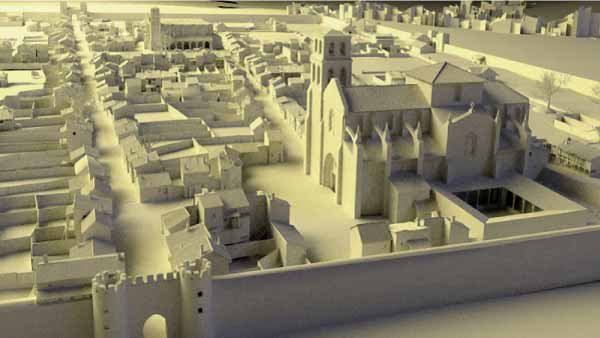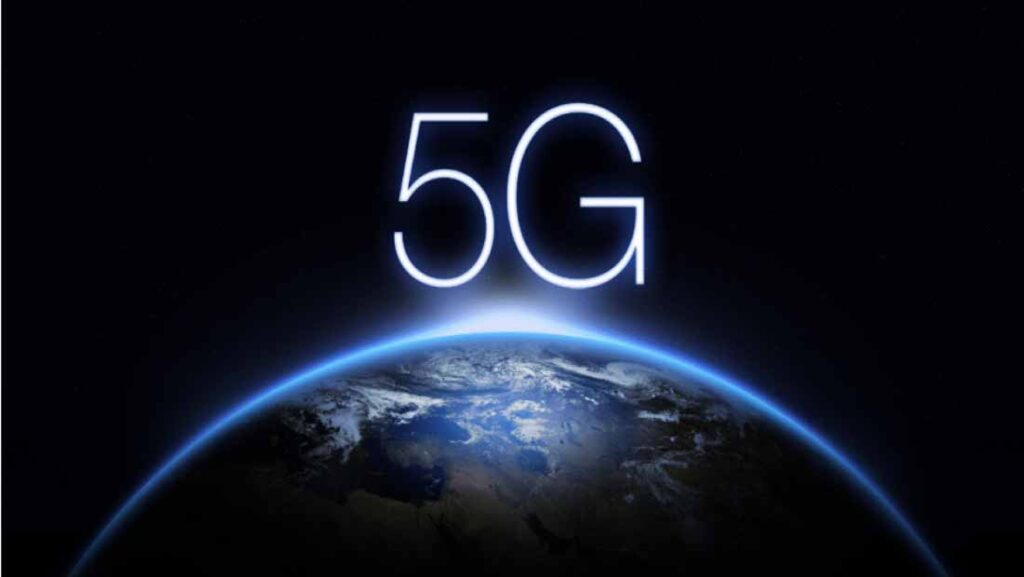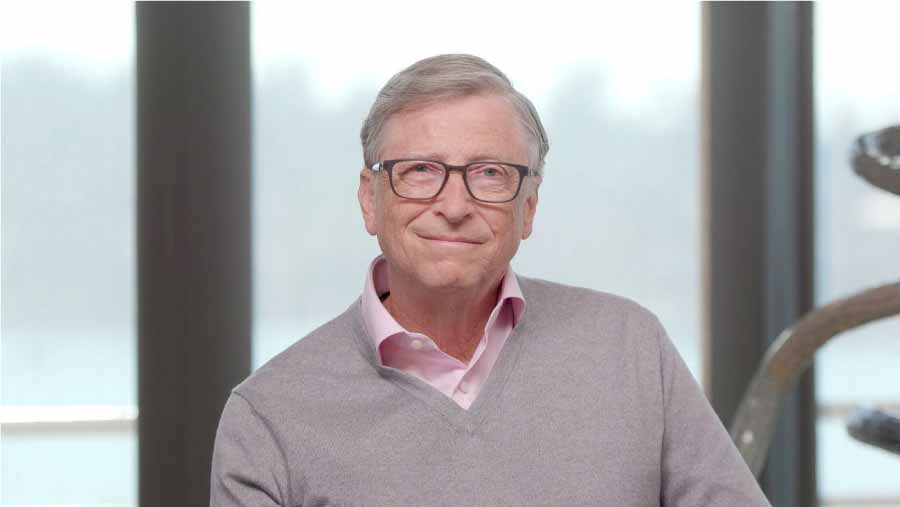Digital archaeology is a branch of archaeology that focuses on the use of digital technologies to study and analyze artifacts and archaeological remains. This discipline uses techniques from 3D modeling, laser scanning, photogrammetry, image analysis and geographic information systems (GIS), among other tools, to create digital representations of archaeological objects and sites.
Digital archaeology allows archaeologists to examine artifacts and structures from different perspectives and angles, which can reveal details that would otherwise be difficult to see. It can also be used to virtually recreate archaeological sites and simulate how they were used in the past.
In addition, digital archaeology can also help preserve cultural heritage by creating digital replicas of archaeological objects and structures. These replicas can be used to study and exhibit artifacts and archaeological sites without damaging the original.
3D modeling techniques
3D modeling is a technique used in digital archaeology to create three-dimensional digital representations of archaeological artifacts and structures. Some of the 3D modeling techniques used in digital archaeology include:
Laser scanning
Laser scanning is a digital archaeology technique used to create accurate three-dimensional models of archaeological artifacts and structures. This technique is based on the use of a laser scanner, which emits a beam of light that scans the surface of the object and measures its distance based on the time it takes for the light to bounce off the surface and return to the scanner.
Laser scanning can be used to capture high-resolution details of archaeological artifacts and structures, even in hard-to-reach locations or in low-light conditions. In addition, this technique allows data to be captured quickly and accurately, making it ideal for large and complex archaeological projects.
To perform a laser scan, specialized equipment consisting of a laser scanner and tripod is used. The laser scanner is placed in a position from where it can “see” the object or structure to be scanned. The laser scanner then emits a beam of light that scans the surface of the object while rotating 360 degrees on its axis.
As the laser scanner moves, it collects data that is used to create a 3D point cloud. This point cloud is then used to create a three-dimensional digital model of the archaeological object or structure.
Laser scanning is a valuable tool for archaeologists, as it allows them to accurately and accurately capture objects and structures that would otherwise be difficult to study. This technique is used in many archaeological projects, both for the documentation and preservation of archaeological sites and objects, as well as for research and dissemination of results.
Fotogrametría
Photogrammetry is a digital archaeology technique that uses photographs to create three-dimensional models of archaeological objects and structures. This technique is based on triangulation, which consists of measuring the position of points in space from images that have been taken from different angles.
To perform photogrammetry in archaeology, photographs of the archaeological object or structure are taken from different angles using a digital camera. It is important that photographs are taken from varied and overlapping angles so that good coverage of the surface of the object or structure can be obtained.
The photographs are then loaded into photogrammetry software, which is responsible for processing the images and creating a three-dimensional model of the object or structure. The software uses algorithms to identify common features in photographs, such as landmarks, and uses this information to calculate the position in space of each point on the surface of the object.
Once the three-dimensional model has been created, different software tools can be used to edit and analyze the model, add textures, and perform measurements and analysis of the data.
Photogrammetry is a very useful technique in archaeology, as it allows accurate three-dimensional models of archaeological objects and structures to be created quickly and at relatively low cost. In addition, this technique can be used to document and preserve archaeological sites, as well as to study and analyze archaeological objects and structures in a non-invasive manner.
Manual modeling
Manual modeling is a digital archaeology technique that involves creating three-dimensional models by hand. Instead of using digital technologies such as laser scanning or photogrammetry, this technique uses hand tools such as clay, wax or wood to create detailed models of archaeological objects and structures.
Manual modeling has long been used in archaeology and other disciplines related to art history and cultural heritage conservation. Archaeologists and conservators can use this technique to create detailed models of archaeological objects and structures that are difficult to accurately scan or photograph.
In archaeology, hand modeling is often used to recreate objects and structures that have been destroyed or are in a poor state of preservation. Archaeologists can use this technique to create an accurate representation of what the object or structure looked like in its original state, which can be useful for the interpretation and reconstruction of archaeological sites.
In addition, manual modeling can be used to create models of objects and structures that are too large or too small to be scanned with digital technologies. For example, archaeologists can use this technique to create models of monuments or statues that are too large to be scanned with laser scanners.
Manual modeling is a very versatile technique in digital archaeology, as it allows archaeologists and conservators to create detailed models of archaeological objects and structures with a high degree of accuracy and realism. In addition, this technique can be used to teach and disseminate the history and culture of ancient societies, and can be a valuable tool in education and scientific dissemination.
Data-driven modeling
Data-driven modeling is a digital archaeology technique that uses data collected from different sources to create three-dimensional models of archaeological objects and structures. This data may include information obtained through laser scanning techniques, photogrammetry, computed tomography, among others.
To perform data-driven modeling, archaeologists and conservators must first collect and process the data obtained through the different collection techniques. Then, they use specialized 3D modeling software to create accurate three-dimensional models of archaeological objects and structures.
Once the three-dimensional model is created, archaeologists and conservators can use different software tools to analyze the data and make precise measurements of the characteristics of the object or structure. They can also use the model to recreate and visualize the object or structure at different times in its history, which can be useful for interpretation and reconstruction of archaeological sites.
Data-driven modeling is a very useful technique in digital archaeology, as it allows you to create accurate three-dimensional models of archaeological objects and structures with great detail and realism. In addition, this technique can be used to analyze and study archaeological objects and structures non-invasively, which can help preserve and protect archaeological sites for future generations.
Digital replicas
Digital replicas are virtual three-dimensional models of archaeological objects and structures, which are created using digital archaeology techniques, such as photogrammetry and laser scanning. These digital replicas can be used for educational, research and conservation purposes.
Once a three-dimensional model of an archaeological object or structure has been created, it is possible to create high-quality digital replicas from that model. These digital replicas can be used to create physical models using 3D printers, which are exact replicas of the original object or structure.
Digital replicas can be used for a variety of purposes. In the field of education, digital replicas can be used to teach students about archaeological objects and structures that they might not otherwise have access to. In addition, digital replicas can be used to create exhibitions in museums and cultural heritage centers.
The field of research, digital replicas can be used to analyze and study archaeological objects and structures in detail. Archaeologists and conservators can use these replicas to identify features that would not otherwise be visible, and to study how objects and structures evolved over time.
Finally, digital replicas are also useful for the conservation of archaeological objects and structures. Replicas can be used to create models of objects or structures that are too fragile or valuable to be handled or displayed publicly, allowing archaeologists and conservators to study and preserve them for future generations.


